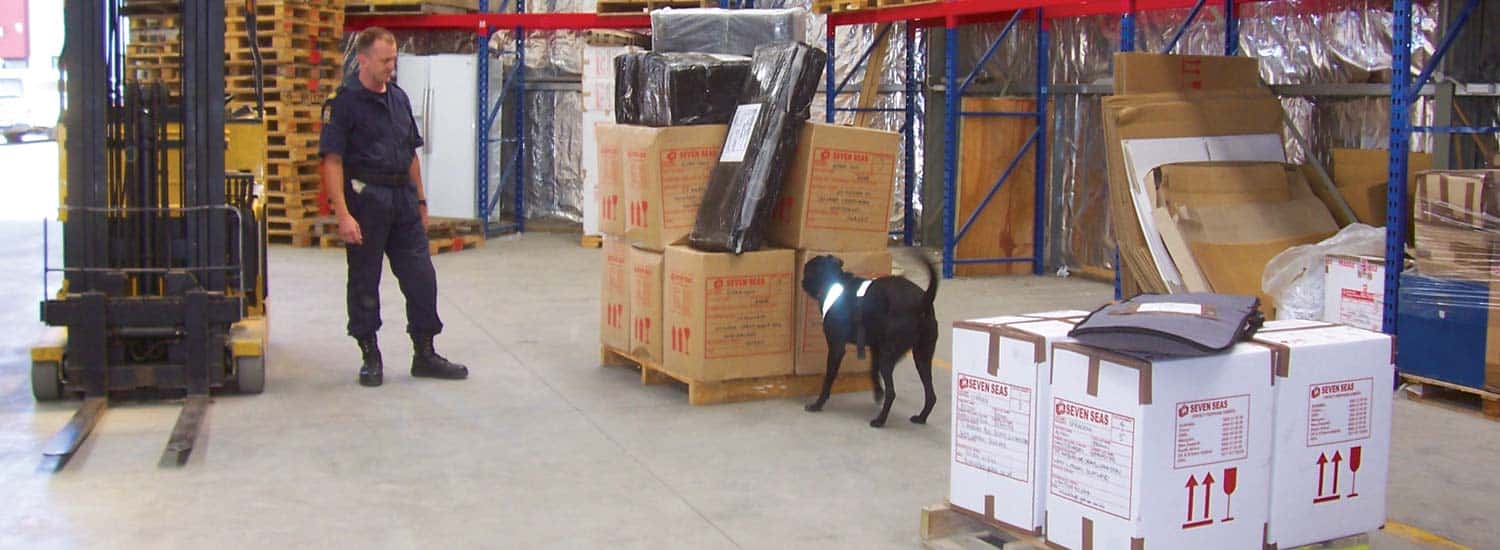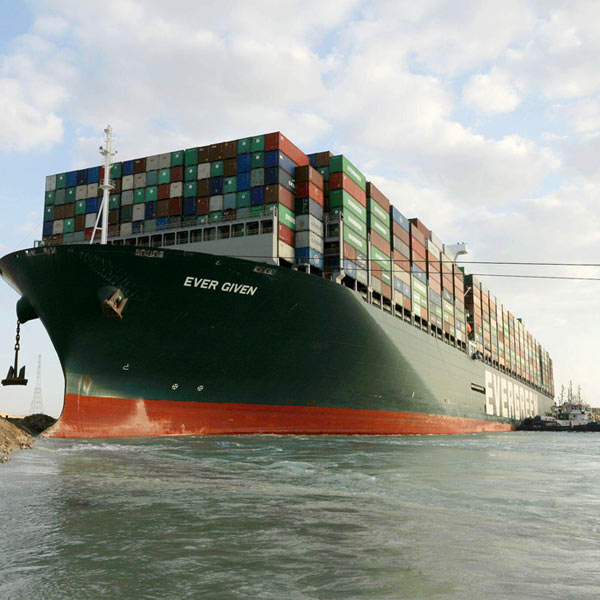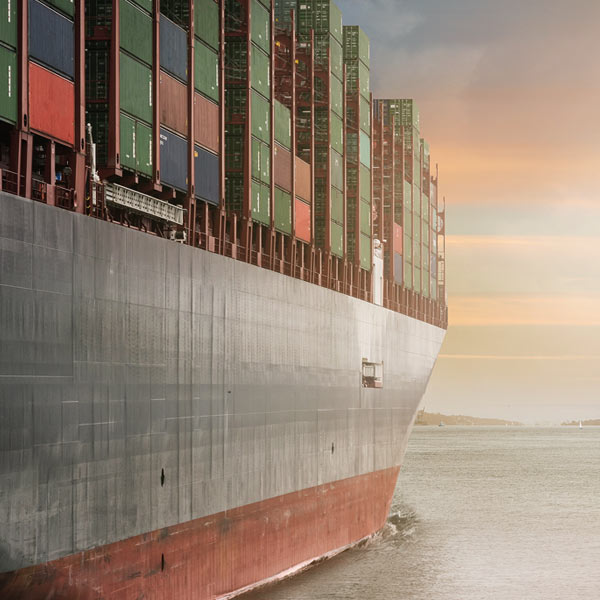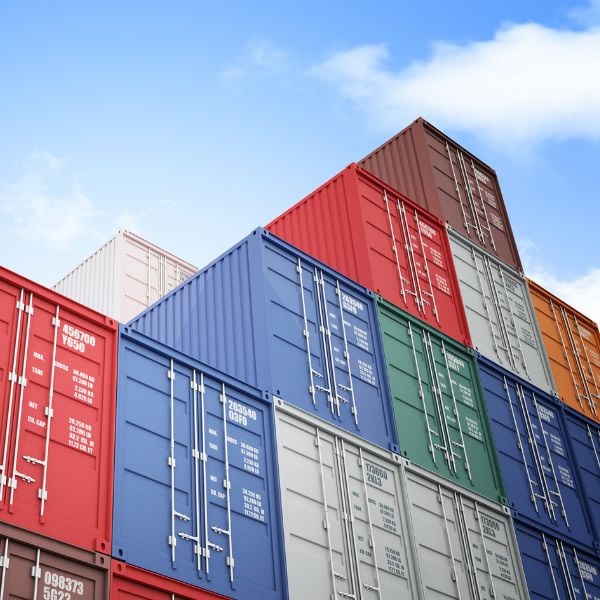Before packing, check this list of items prohibited from entering a particular country or region.
Key takeaways
- Cargo is the collective name given to goods as they are transported by boat, plane, train, or truck from one place to another.
- Air cargo refers to items explicitly shipped by aircraft domestically or internationally.
- Both "shipment" and "cargo" relate to the movement of goods. However, "cargo" is the goods being transported, while "shipment" encompasses the entire process of transporting items.
Quick links

What is cargo?
Cargo is the collective name given to goods as they are transported by various means, such as ships, aircraft, trains and lorries, from one place to another. It comprises a wide variety of items, including consumer goods, manufacturing equipment and raw construction materials. Cargo generally refers to large quantities of commercial goods carried by air or sea, whereas "freight" is a broader term that includes all items transported via any mode and highlights its movement or cost.
In cold-chain logistics (storing, transporting and monitoring temperature-sensitive products), goods are always referred to as cargo due to their constant state of transit, even when in storage. The same applies to containers and aircraft Unit Load Devices (ULDs), whether empty or loaded, and their goods are known as "containerised cargo".
By understanding what constitutes cargo and its various categories, businesses and individuals can navigate international shipping and logistics more effectively, ensuring goods' secure and efficient movement.
![]()
Types of cargo
There are several types of cargo based on their packaging, the mode of transport or the type of goods, including:
- Containerised cargo: goods transported in International Organization for Standardization (ISO) approved shipping containers, typically 20ft and 40ft. They offer protection from damage and theft and allow easy transfer between ships, trains and trucks without the need to unload goods during transit.
- Break bulk cargo: items loaded individually rather than inside containers, including crates, pallets, and machinery. More common before containerised shipping, break bulk requires cranes or specialised equipment and more handling.
- Neo bulk cargo: a step between break bulk and containerised cargo. It includes pre-packaged items, like cars, tree logs or steel products, moved in large quantities.
- Bulk cargo: consists of liquid bulk or dry bulk. Liquid bulk includes crude oil, chemicals, and liquefied natural gas transported in specialised tanks. Dry bulk includes goods like grains and coal, carried loose in the ship's hold rather than in individual packages.
- Heavy-lift cargo: oversized items that do not fit into standard 20ft or 40ft containers or on pallets, such as large machinery and construction equipment. It requires specialised vessels like heavy-lift ships and careful planning.
What is air cargo?
Air cargo refers to goods explicitly shipped by aircraft domestically or across international borders. It is one of the fastest ways to move commercial and industrial goods and is ideal for high-value or time-sensitive items, such as perishables and in-demand products. Although air cargo tends to be more expensive than sea or road options, its speed and reliability make it essential in industries where time is crucial, such as healthcare or tech manufacturing.
Air cargo has two main categories: general cargo and special cargo. General cargo includes standard items like clothing, furniture and sports equipment, while special cargo includes goods that need extra care, such as hazardous materials or temperature-sensitive products. Dedicated cargo planes and passenger flight cargo holds transport goods by air. Models like the Boeing 747 -400 Freighter offer specialised features such as wide loading doors and reinforced floors, essential for bulky or heavy air shipments.
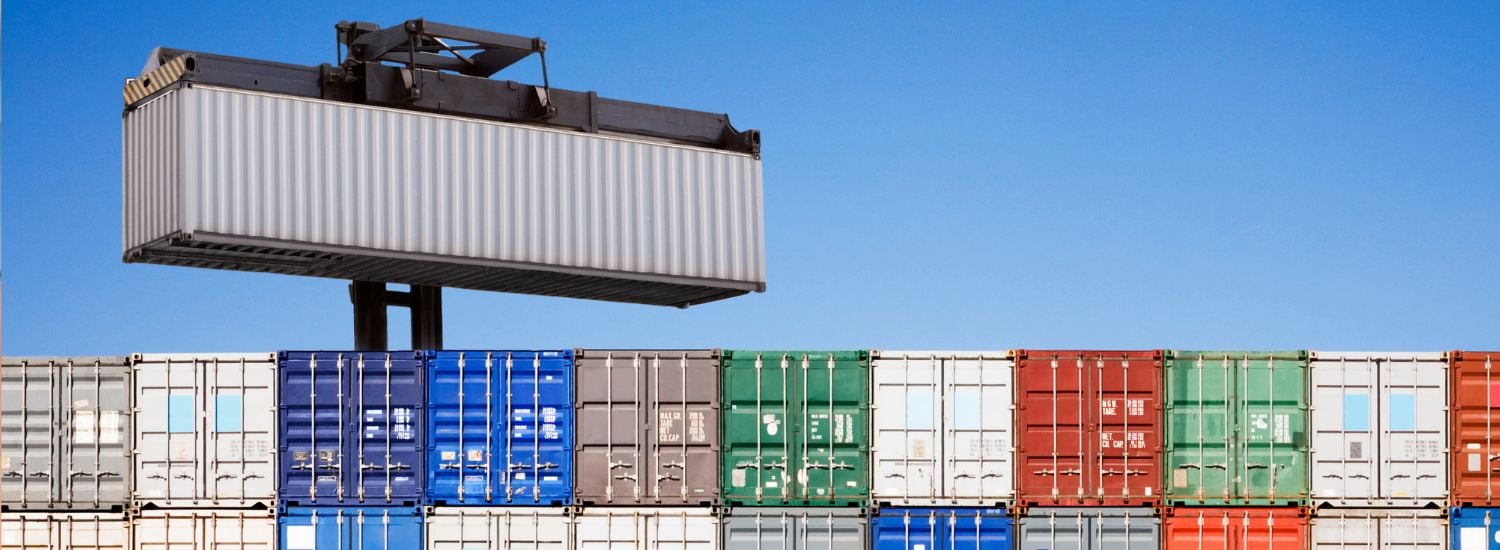
Shipment vs cargo
While "shipment" and "cargo" both relate to the movement of goods, they serve different functions in the logistics and transportation industry. The critical difference is that cargo refers to the goods themselves, while shipment refers to the journey and logistics of those goods.
Cargo is physical goods transported from one place to another, often in large quantities, usually by air, sea, rail or road. It includes everything from raw materials and commercial goods to equipment and represents the actual items in transit. On the other hand, shipment is a broader term encompassing the entire process of transporting goods from origin to destination. It includes the cargo and all associated activities like packaging, documentation, shipping, administration, customs handling, tracking, and delivery.
The following are some more key differences between "shipment" and "cargo":
| Cargo | Shipment | |
| Industry roles | Managed primarily by cargo handlers or those involved in physically securing, loading and transporting the goods. | Handled by various stakeholders, such as freight forwarders and international shipping companies, who manage everything from regulatory compliance to transport. |
| Handling requirements | Specific handling based on the type of goods, such as refrigeration for temperature-sensitive items or dealing with oversized machinery. | Logistics coordination to ensure smooth transit — from appropriate carriers to safe storage during transhipment. |
| Insurance considerations | Insurance is focused on the cargo's value to protect it from damage, theft or loss during transportation. | Insurance covers the broader shipping process, including delays, penalties, or customs complications, not just the loss or damage of the goods. |
| Real-world example | A company in China shipping electronics to a retailer in the UK would refer to the physical units (e.g., TVs or smartphones) as cargo. | The entire journey from the factory in China to the retail store in the UK, including packaging, documentation, customs clearance and transport. |
